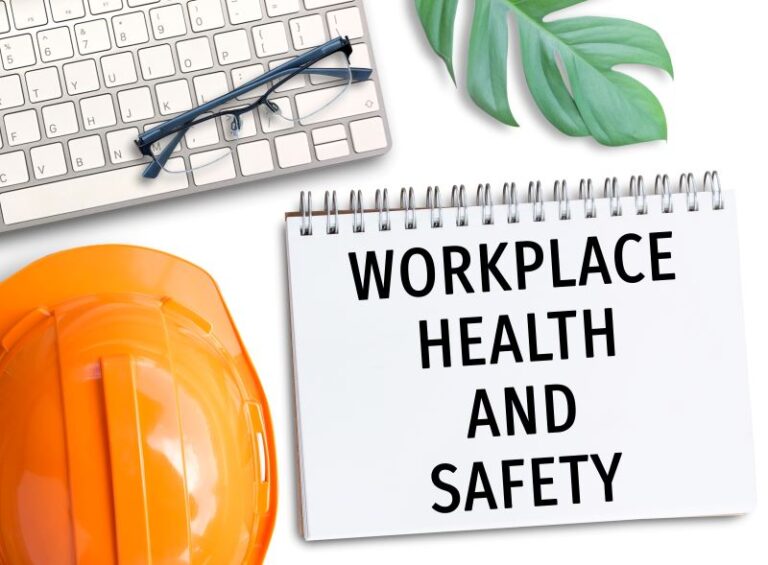
While it might feel like today’s workplaces are a world away from the dangerous and dirty offices, shop floors, and plants of yesteryear, there are still plenty of risks to workers businesses must tackle. The problem is vast: government health and safety statistics from 2021/22 showed that 565,000 injuries took place in workplaces that year, and 123 lost their lives due to work-related accidents.
The cost of these to the economy was £18.8 billion, and for the businesses that didn’t live up to their responsibilities, fines can stretch into the millions.
It’s crucial you take steps to mitigate these risks – your staff’s health and business’s future depend on it. Here are the key safety steps to prioritise, helping you reduce incidents and create a positive work environment.
Invest in training
Every employee should undergo rigorous, and regular, training on the specific risks of their job, how to avoid them and what to do in an emergency. This training should be provided to all new starters during induction, and be refreshed regularly, every six months to a year.
It should focus both on the wider business and the employee’s own tasks. For instance, if your site uses ropes as a means of heavy lifting and loading, make sure that employees know how to properly secure them. And if potentially dangerous vehicles or equipment are in use, create a licensing system where employees must pass training before being qualified to use them.
Have a go-to person
Having one or two members of staff be the dedicated point of contact for health and safety can streamline communications and make sure that any potential issues are highlighted, escalated, and addressed appropriately. The staff members you choose should be highly competent, qualified for the role (train them up if there are no health and safety-trained staff), proactive, confident, and communicative.
Call in professional help
All workplaces get slowly degraded by wear and tear, small accidents, and such. It’s crucial these are repaired quickly, but with businesses always in a battle to run in a cost-efficient manner, it can be tempting to carry these out quickly yourself. If you care about health and safety, don’t. Use a professional expert that knows what they’re doing, and you’ll be able to work safe in the knowledge the repairs were performed competently.
Get the right PPE
Personal protective equipment (PPE) is crucial for keeping staff safe while they work. The exact PPE you need to get if different for each role and task: warehouse or construction workers may need a hard hat and steel-capped shoes, office jobs may require adequate monitor risers and wrist rests, while employees working in low light may need head torches.
With the tips above, you should be well on your way to keeping your workplace safe. What other steps are important? Join the discussion in the comments below.

